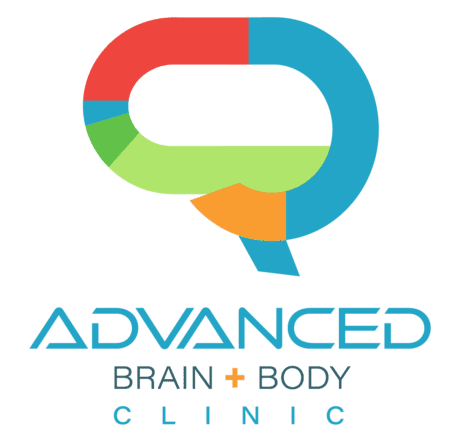One of the biggest questions people want to know the answer to before going to see a psychiatrist is: Am I depressed? While no one wants to go through the hassle of making a doctor’s appointment for no reason, it’s always best to ask a mental health professional the answer to that question.
To help you determine if it’s time to seek help, The Washington Post recently posted a great article that shares How to know if it’s depression or just ‘normal’ sadness. The biggest takeaway is that sadness is usually linked to a specific event like the loss of a pet, while depression is usually a consistent negative feeling about one’s self.
Here are a list of depression symptoms to watch for:
- Change in appetite – a loss of appetite or increase in cravings
- Sleeplessness
- Feeling anxious
- Feeling guilty
- Suicidal thoughts
- Thinking you are a burden on your friends or family
- Feeling angry or irritable over small things
- Tiredness
- Trouble concentrating or remembering
- Loss of interest in hobbies or activities
Everyday Sadness Versus Sadness Every Day
While everyone may experience at least some of these symptoms on occasion, individuals with depression often experience multiple, or even all, of these symptoms every day.
That brings up an important distinction to be made about the article and the author’s use of the phrases ‘everyday sadness and normal sadness’, which could easily be confused with ‘sadness every day.’ Clearly, the author’s intent is to spell out that depression is different from occasional and temporary sadness, so you shouldn’t shrug it off.
Depression typically comes in waves that happen multiple times throughout one’s life. Time doesn’t always heal. So even if the problem seems like something you just need to suffer through … or power through … don’t go it alone or try to tough it out.
The critical message here is to get professional advice starting with your primary care doctor, or give us a call: 612-682-4912.

Brian Johns, MD is a Minneapolis psychiatrist and a mental health leader who helped shape ketamine treatment for depression in Minnesota and the nation. He co-authored a Minnesota VA Hospital medical trial to open the door for ketamine treatment to change–from a revolving-door hospital intervention, to an ongoing regimen at an outpatient clinic–while setting the benchmark for ketamine infusions nationwide. He then developed the region’s first ketamine infusion clinic. Over the past several years, he has administered or overseen thousands of ketamine treatments. Dr. Johns is a graduate of the University of Minnesota Medical School and completed his residency in Psychiatry. He is certified by the American Board of Psychiatry and Neurology.

